Grape Variety
Vaccarese
"vah-kah-REHZ (broon ar-zhawn-TAY, kah-mah-REHZ)"
Wine Styles
 Sparkling
Sparkling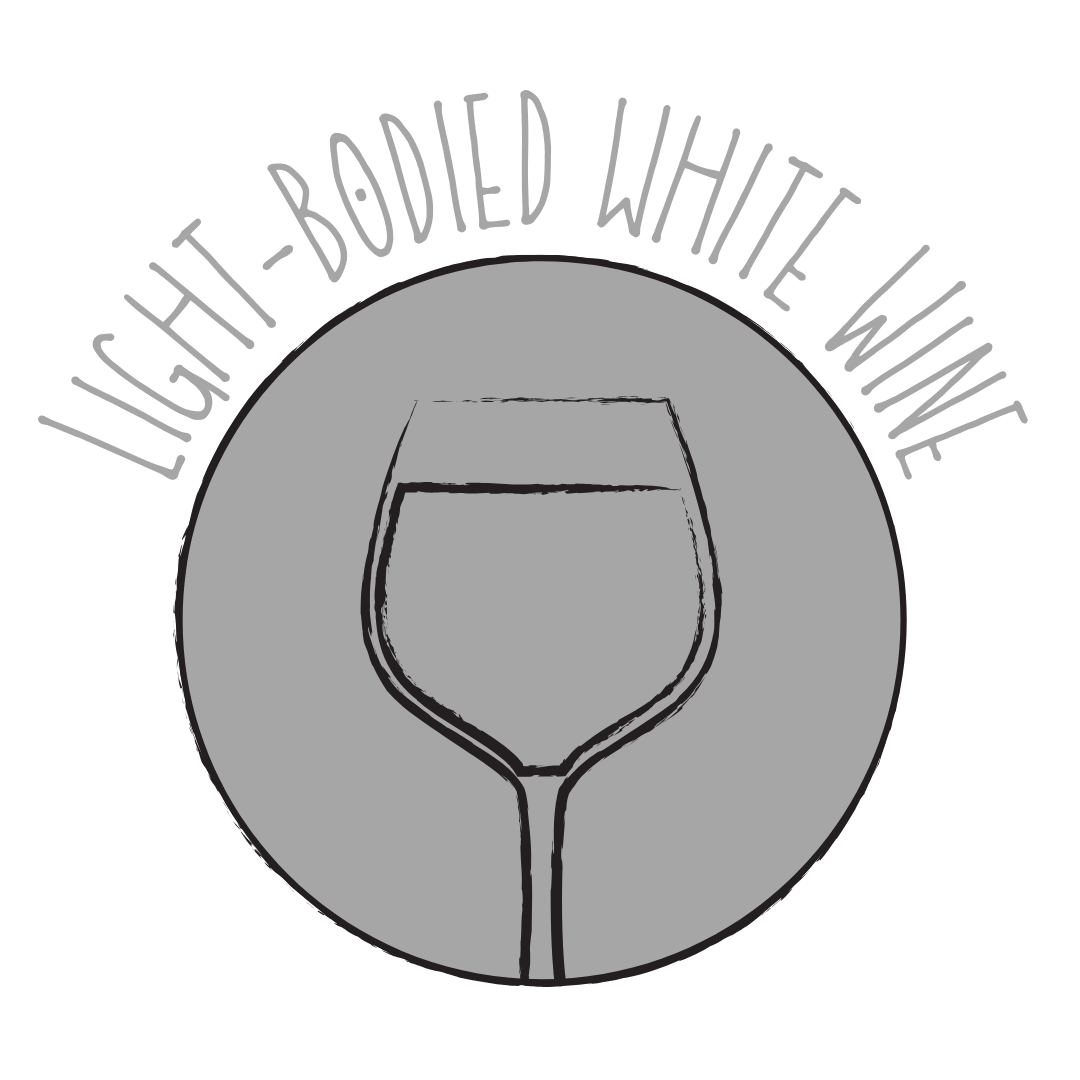 Light White
Light White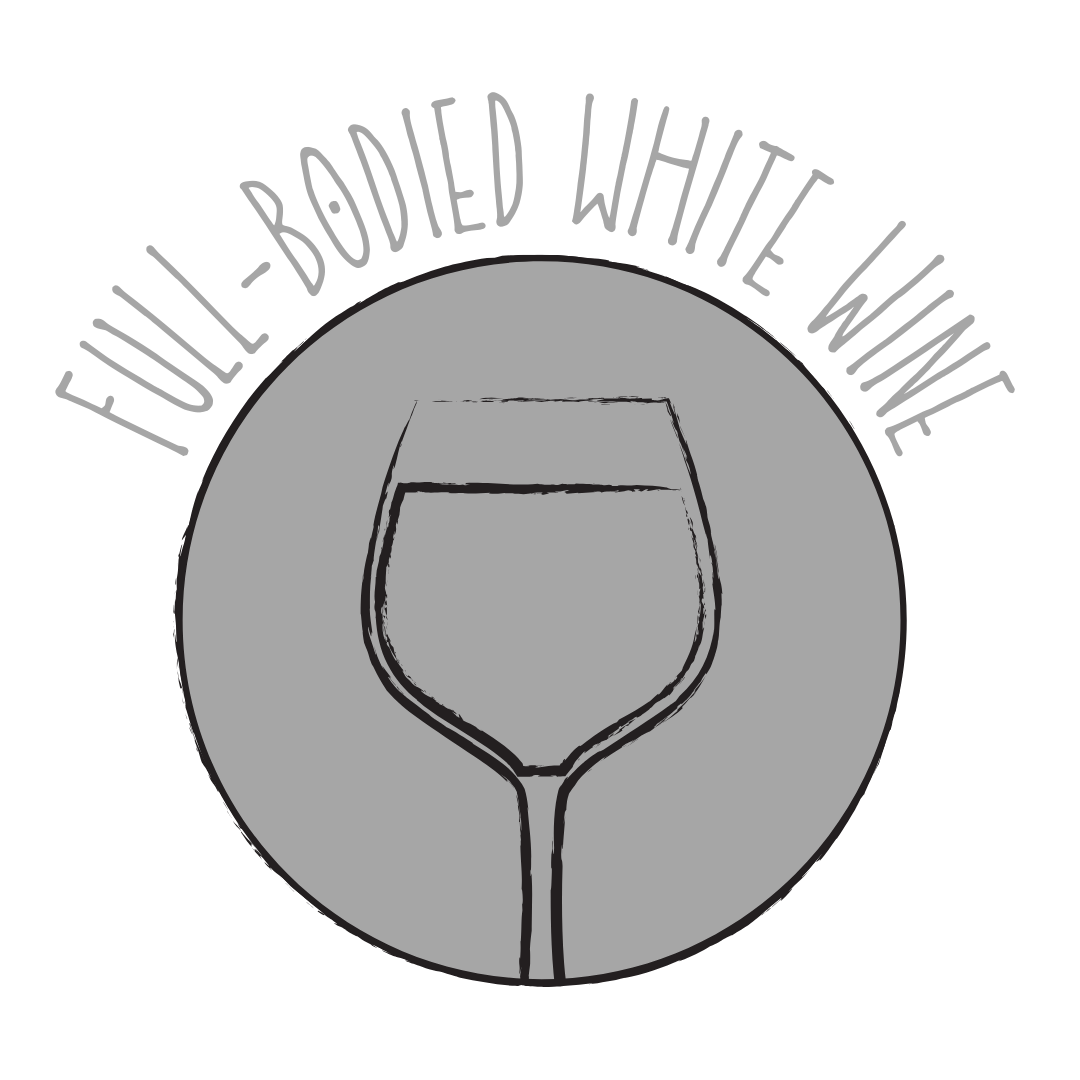 Full White
Full White Aromatic
Aromatic Rosé
Rosé Light Red
Light Red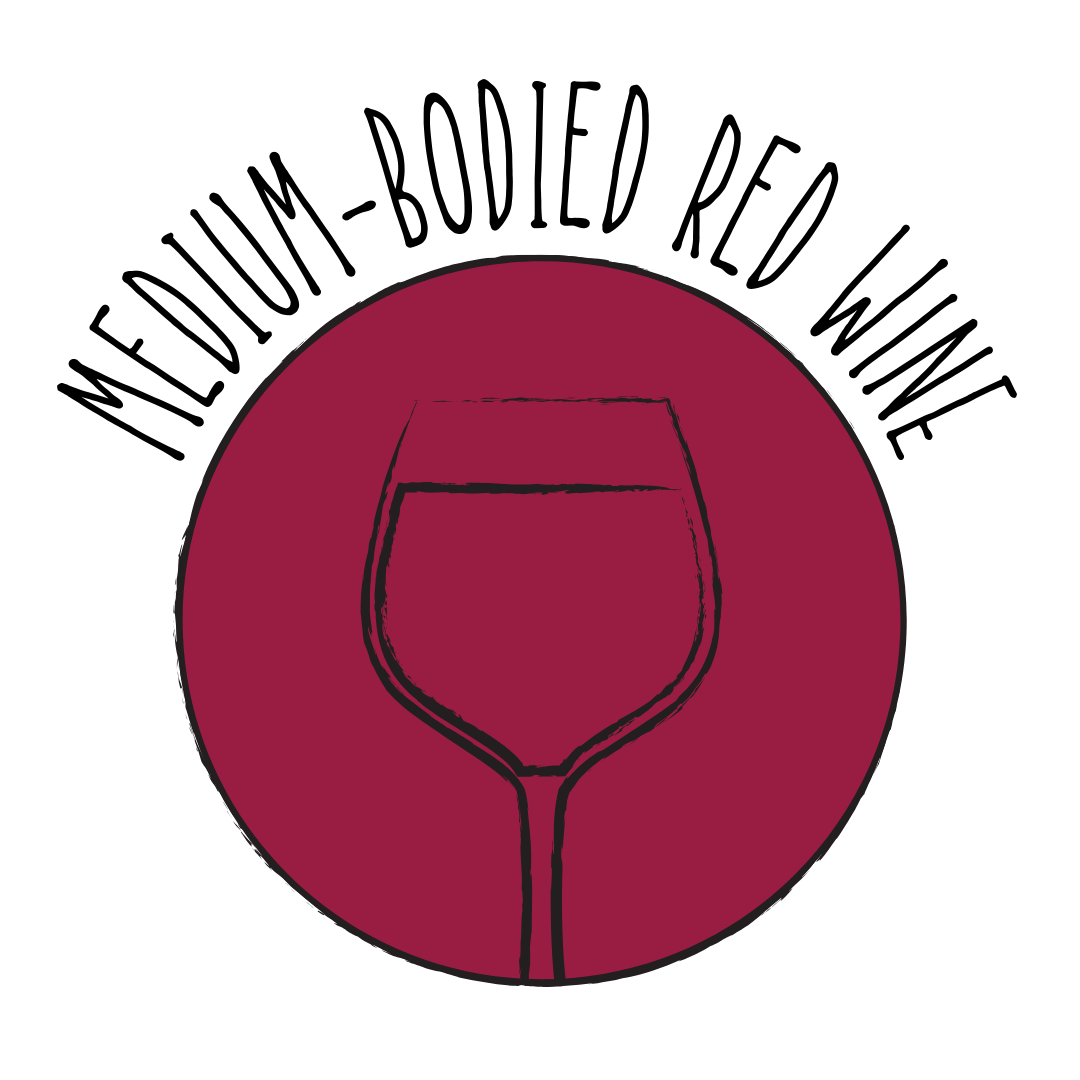 Medium Red
Medium Red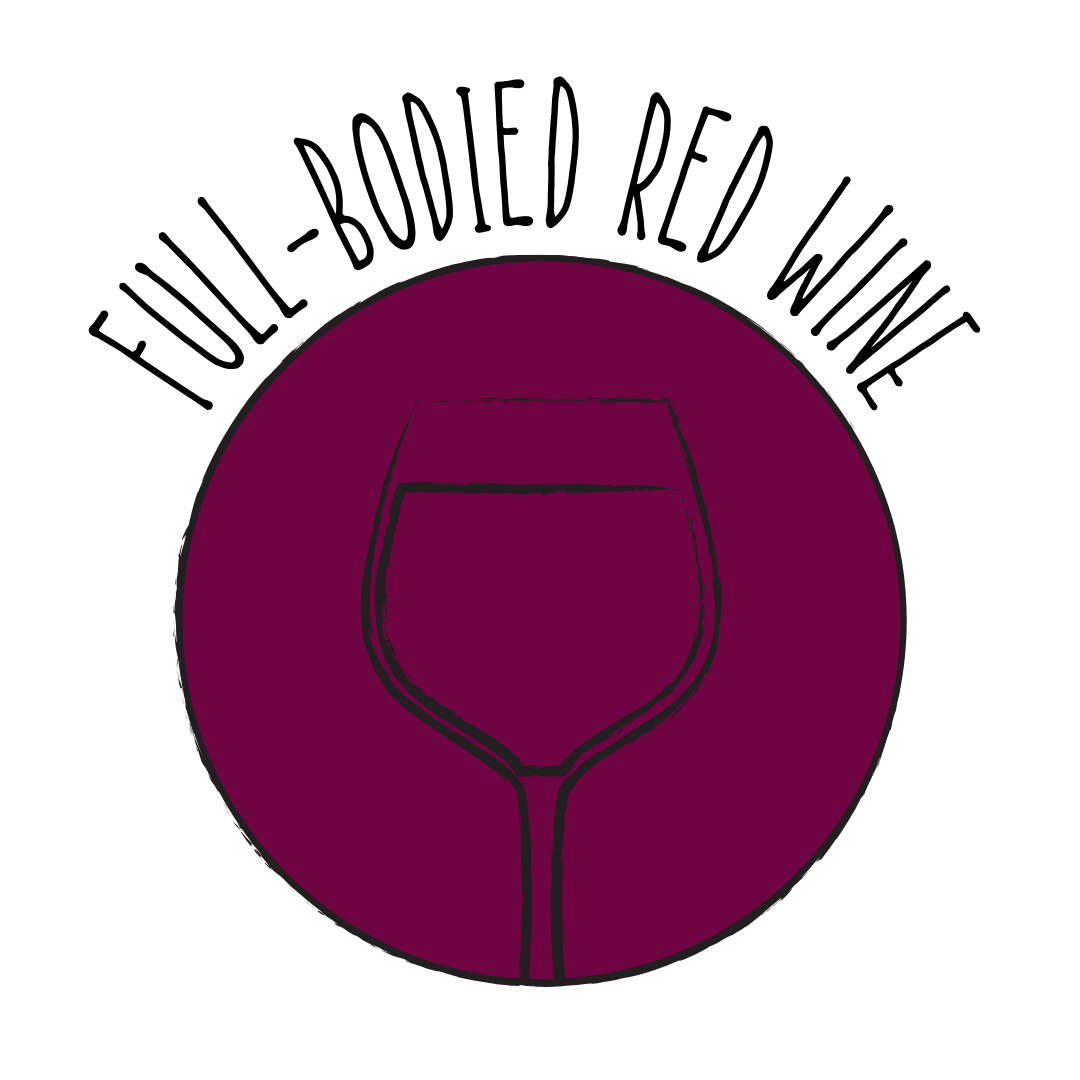 Full Red
Full Red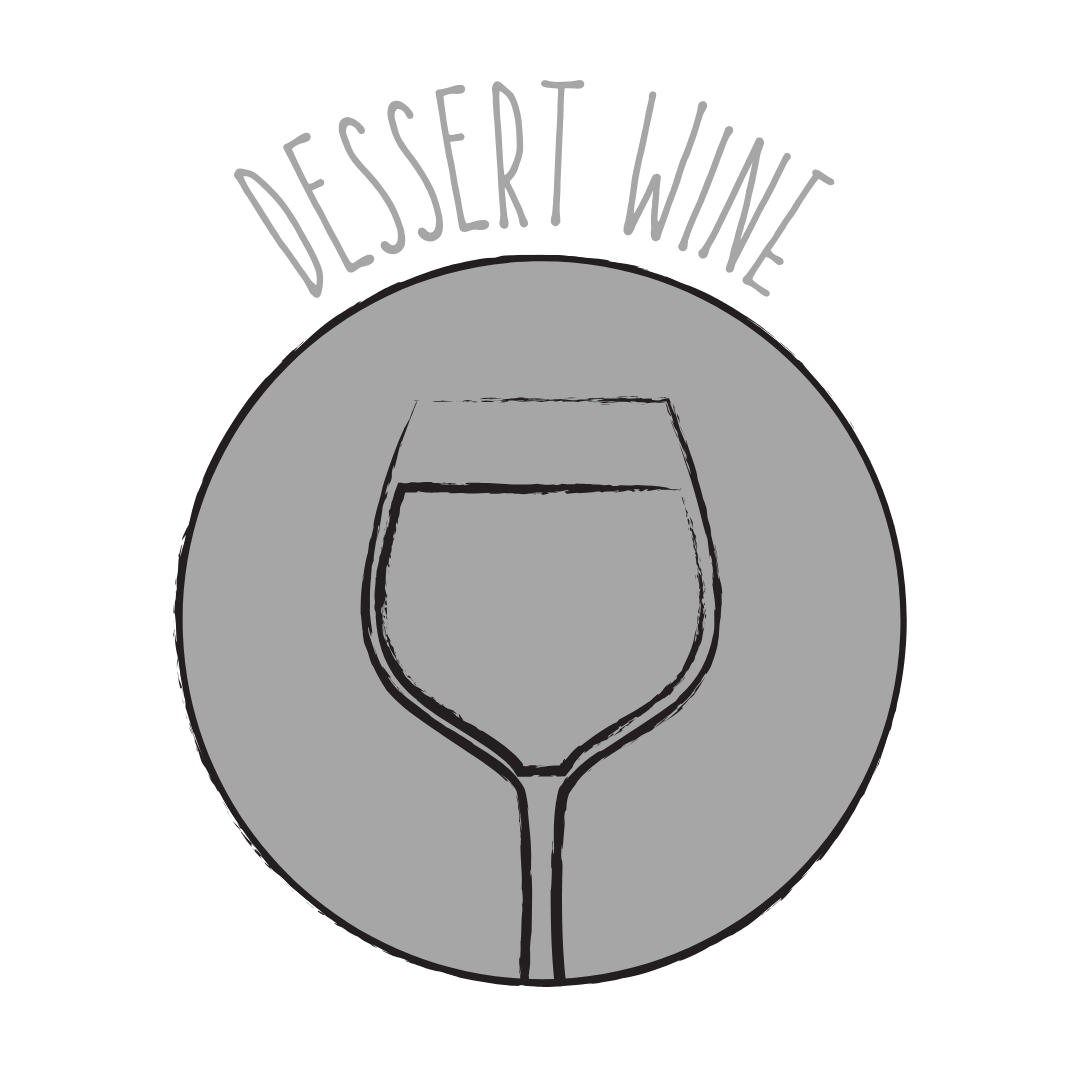 Dessert
DessertAbout Vaccarese
Origin
France
History
Vaccarèse, also known as Brun Argenté or Camarèse, is a red grape variety indigenous to France's Rhône Valley. Its name, Brun Argenté, translates to 'brown silvered,' referring to the grape's dark, brownish skin and silvery leaf undersides. Historically, it has been cultivated in the southern Rhône, particularly in Châteauneuf-du-Pape, where it is one of the 13 permitted grape varieties. However, its cultivation has declined over time, and it is now planted in minuscule quantities, accounting for only about 0.15% of the appellation's surface as of 2004.
Appearance
Large, compact clusters of large, round, blue-black berries with crunchy flesh.
Growing Traits
Vaccarèse is a late-budding, mid- to late-ripening variety that is sensitive to downy mildew and rot. It thrives in various soil types but prefers well-drained soils to mitigate its susceptibility to fungal diseases. The vine is productive and rustic, often associated with Grenache in blends to enhance tannic structure and add peppery aromas.
Wine Characteristics
Body
3/5
Sweetness
1/5
Tannin
3/5
Acidity
4/5
Alcohol
3/5
Medium-bodied with a balanced structure, offering finesse and freshness. Typically vinified dry, highlighting its natural acidity and subtle fruit flavors. Moderate tannin levels, contributing to a smooth and elegant mouthfeel. Medium to high acidity, providing freshness and enhancing its aromatic profile. Moderate alcohol content, generally ranging from 12% to 13.5%, depending on the winemaking style and region.
Taste Profile

Red berries

Pepper
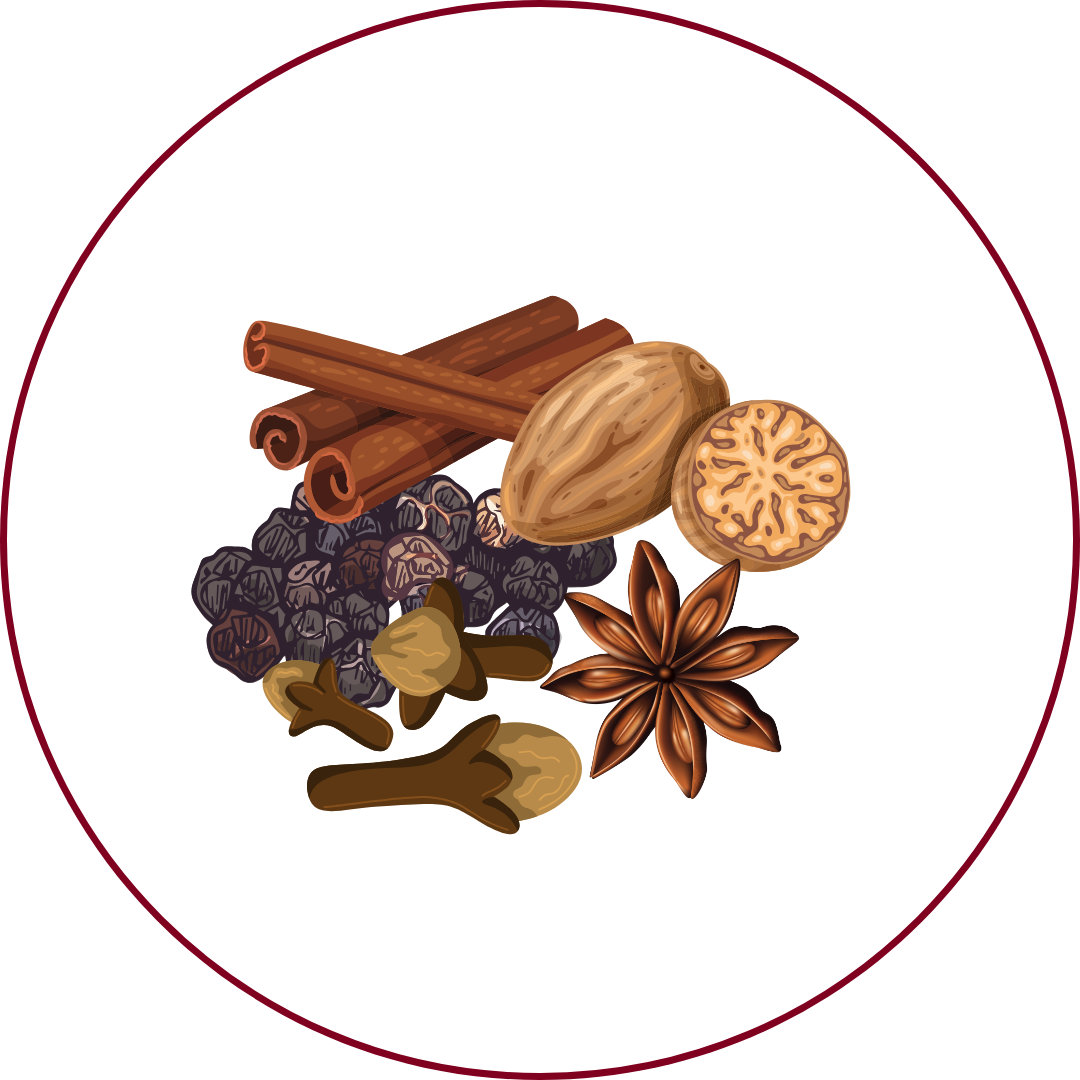
Spice
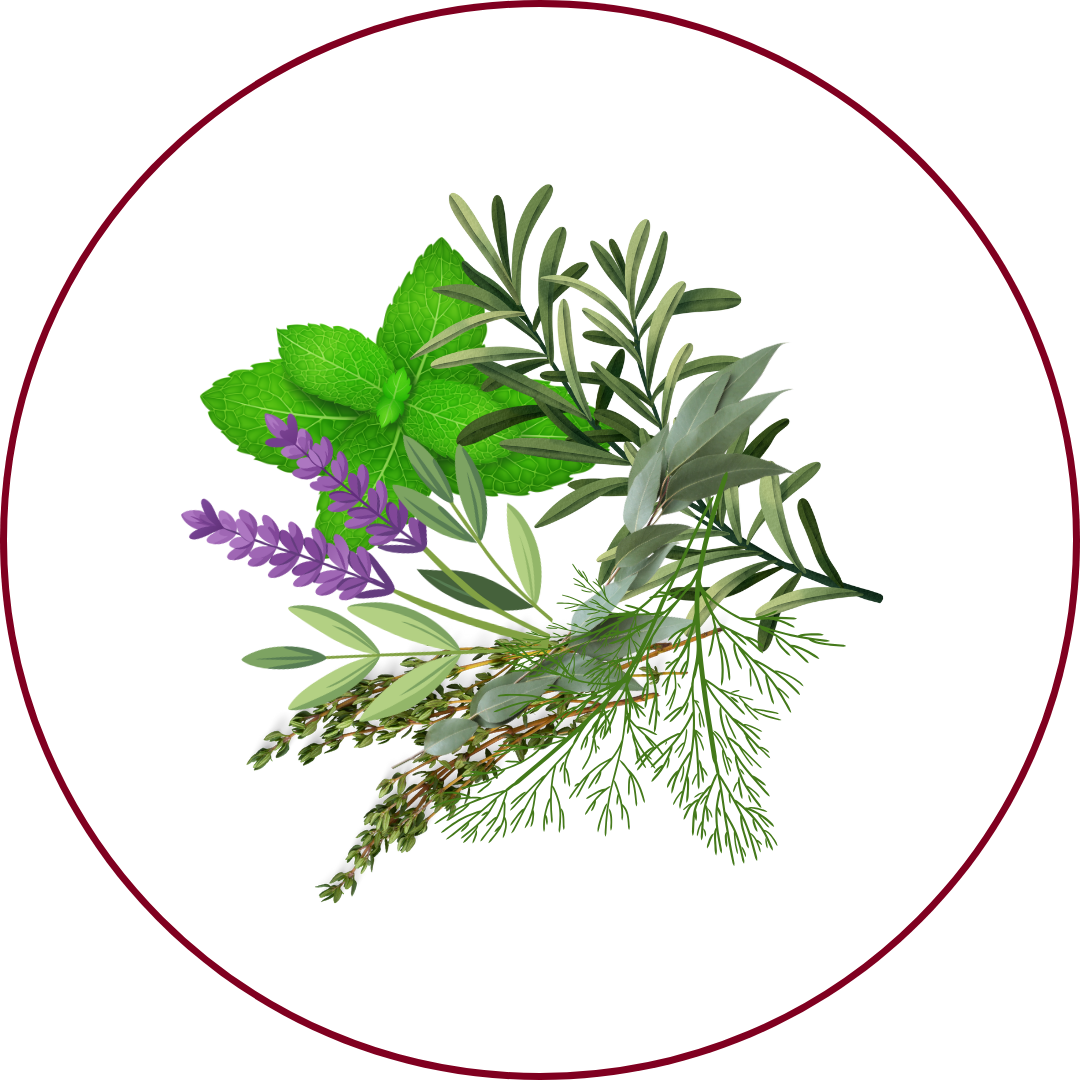
Herbal
Vaccarèse wines are characterized by their light to medium body and aromatic profile reminiscent of Syrah and Cinsault. They exhibit red-berry flavors similar to Cinsault, with additional pepper and spice notes, and a tannin structure akin to Syrah. These wines are often used in blends to add aromatic complexity and freshness.
Food Pairing
Vaccarèse-based wines, with their moderate tannins and peppery notes, pair well with a variety of dishes. They complement seared rabbit livers, marinated pork spare ribs, and chicken curry. The wine's acidity and spice also make it suitable for Mediterranean cuisine, including dishes with tomatoes, olives, and herbs.
Growing Regions

France
Rhône ValleyChâteauneuf-du-PapeCôtes du RhôneVacqueyras
Notable Wines & Producers
Châteauneuf-du-Pape Rouge
Clos Saint Jean
Domaine de la Vieille Julienne
Côtes du Rhône Villages
Domaine de la Janasse
Château de Saint Cosme
Vaccarese FAQ
Common questions about this grape variety
What is the origin of Vaccarese?
+
France
Is Vaccarese wine full bodied?
+
Vaccarese has a body level of 3 out of 5. Which means that Vaccarese is Moderate bodied.
Is Vaccarese wine dry or sweet?
+
Vaccarese has a dryness level of 1 out of 5. Which means that Vaccarese is Dry.
Where is Vaccarese wine from?
+
France
Where is Vaccarese grown?
+
Vaccarese is grown in France (Rhône Valley, Châteauneuf-du-Pape, Côtes du Rhône, Vacqueyras).
What is Vaccarese like?
+
Vaccarèse wines are characterized by their light to medium body and aromatic profile reminiscent of Syrah and Cinsault. They exhibit red-berry flavors similar to Cinsault, with additional pepper and spice notes, and a tannin structure akin to Syrah. These wines are often used in blends to add aromatic complexity and freshness.
What does Vaccarese pair with?
+
Vaccarèse-based wines, with their moderate tannins and peppery notes, pair well with a variety of dishes. They complement seared rabbit livers, marinated pork spare ribs, and chicken curry. The wine's acidity and spice also make it suitable for Mediterranean cuisine, including dishes with tomatoes, olives, and herbs.
What does Vaccarese taste like?
+
Vaccarèse wines are characterized by their light to medium body and aromatic profile reminiscent of Syrah and Cinsault. They exhibit red-berry flavors similar to Cinsault, with additional pepper and spice notes, and a tannin structure akin to Syrah. These wines are often used in blends to add aromatic complexity and freshness.
Take Vaccarese Knowledge with You
Access detailed grape profiles, tasting notes, and pairing suggestions on your iPhone.
Download on theApp Store